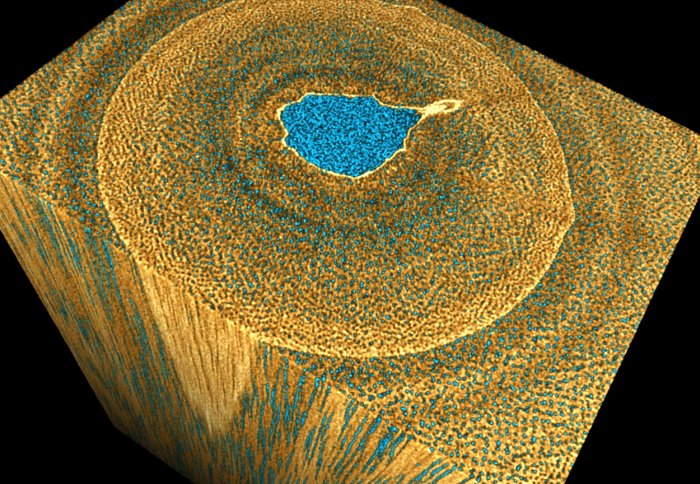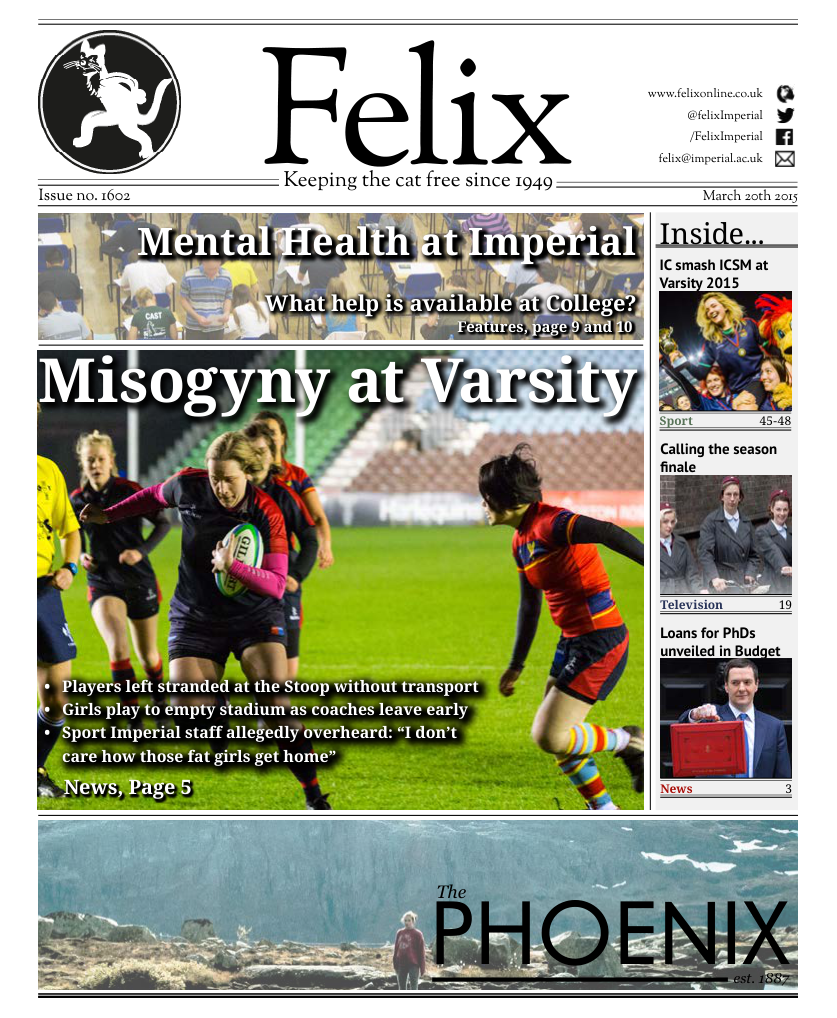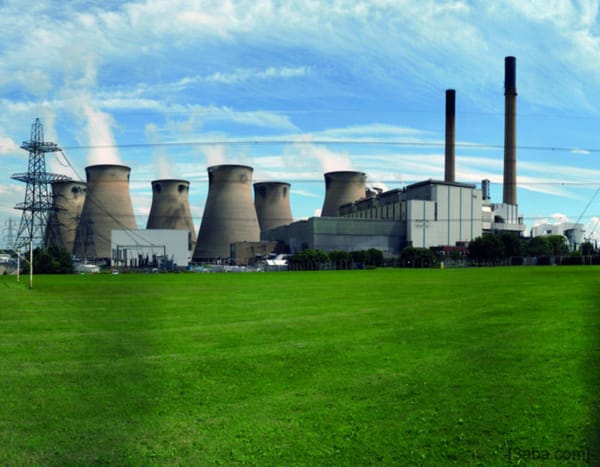What’s your angle? Willows and biofuels
Jane Courtnell reports on research into alternative energy sources

The true scale of climate change and its impacts on our planet has escalated in the last 50 years. Scientific advancement has been at the forefront in efforts to achieve a more stable climatic future. Biofuel development symbolises a significant movement towards this future. However, growing evidence indicates that this supposedly sustainable, green solution is not quite as great as people hoped.
Essentially biofuels have a “solution to climate change” prestige; but in reality act as poor alternatives to fossil fuel use, diverting attention from what real action needs to be undertaken. The core issue is the change in land use required for biofuel production. Monoculture expanses remove essential biodiversity from an area and use damaging petrochemical fertilisers and pesticides. This has resulted in food price elevation, additional greenhouse gas emissions as well as the removal of land from small local farmers.
But lets not be too pessimistic. Studies have looked at the different biofuel forms, from corn, sugarcane, to woody coppice and accessed the fuels sustainability in terms of the fuels environmental impacts, direct and indirect greenhouse gas emissions. The scenario is very much apple and oranges; different biofuels have their own pros and cons. The willow tree has been the subject of much research into biofuels as it stands out by vastly reducing the degree of land-use change, being able to tolerate adverse environmental conditions, such as poor infertile soils and windy slopes. Thus the Willow can be cultivated in infertile areas reducing deforestation pressures.
Novel scientific evidence indicates that willow trees growing at an angle of 45 degrees produce up to five times more starch-rich gelatinous fibre – increasing biofuel yields. This stressor response enables the trees to stay upright when tilted at such an angle. This could reduce the amount of land required for biofuel production. However, it is still unknown exactly how this happens.
Researchers at the Natural History Museum, University of Surrey and Rothamsted Research Centre used high resolution 3D imaging via x-ray micro-computer tomography (CT scanning ) to see microscale changes to be observed, these cause a macroscale response. Findings indicated that tilting induced stress, which prolonged the life of cells involved in the production of starch rich gelatinous fibre. The next step would be to use an even higher resolution CT scanner and see which willow tree species produce the most of this starchy fibre. Specific selection of such species will increase further the productivity of willow biomass biofuel harvesting.
The willow tree represents just one alternative biomass source for biofuel production. There are many others including fuels derived from manure, and recycled oil. Therefore, investment targeted towards more unsustainable biofuel forms should change. Studies such as those shown by the willow tree represent a single small-scale advancement to achieve a more energy sustainable future and reduce climate change impacts. Never the less, these small-scale changes should not be disregarded in there importance. They represent progress in the right direction. They are important stepping stones to achieve the future vision, that is globalisation of clean energy.
DOI: doi:10.1186/s12870-015-0438-0










